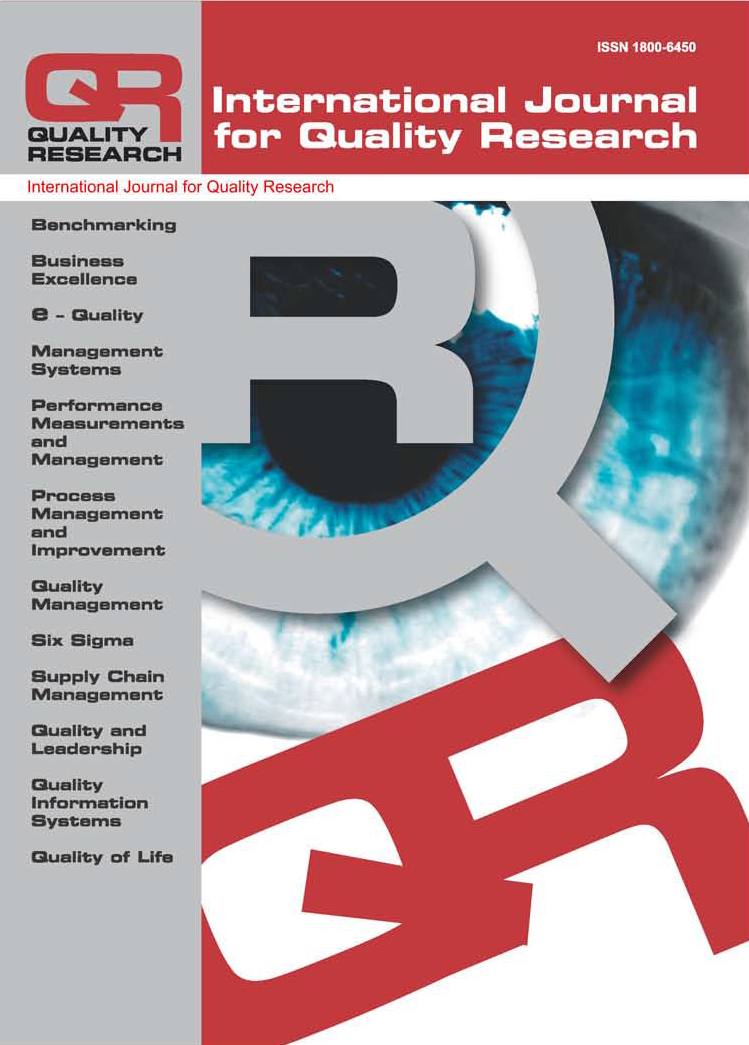HYBRIDIZATION OF ARTIFICIAL NEURAL NETWORK
USING DESIRABILITY FUNCTIONS FOR PROCESS
OPTIMIZATION
P. Das
Abstract: As desirability functions, proposed by many authors, follow most of the properties of standard transfer f unctions used for ANN, the objective of hybridsation in this study is to make use the property of desirability function in the neural networ k architecture and evaluate their performances while training and optim izing the architecture for an input- output relationship including the concept of composite desirability optimization technique when multiple re sponses are presen t. Two important desirability functions, proposed by Harrington, 1965 and Gatza et al., 1972 are used in different combinations w ith the most useful tan-hyperbolic transfer function using real life data. Th ree useful hybrid combinations of transfer/desirability functions are obs erved based on consistent simulation performance, number of nodes and a new measure of composite MSE is proposed here. The work on incorpor ating the knowledge of composite desirability into ANN architecture and exploiting the non-linearity in inputs versus outputs during normaliza tion is also attempted.
Keywords: Desirability function, Neural network, Transfer function, Hybridisation, Process modeling
DOI:
Recieved: 15.09.2009 Accepted: 20.02.2010 UDC: 004.032.26
Reads: 1506 







